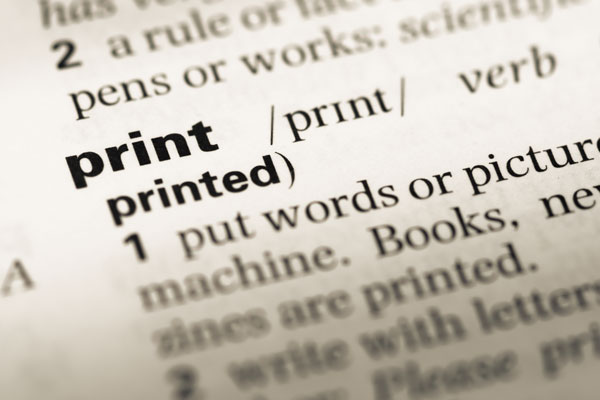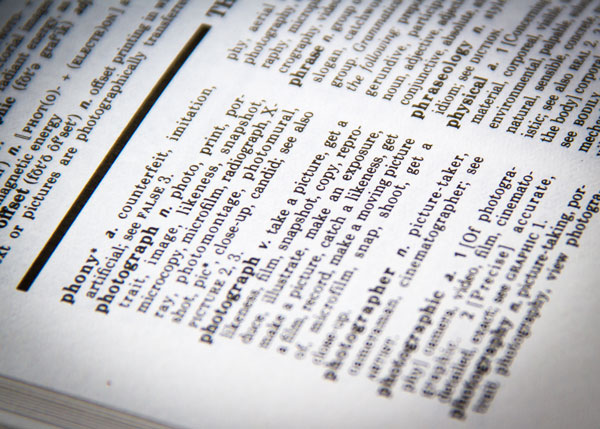
If you plan on supplying artwork that you have produced yourself, here you'll find some guidelines to ensure your job is produced correctly
MORE
A handy online calculator used to calculate the sale price of a discounted item after the percent off discount is applied
MORE
Ever wondered what a Pica or Tiff is? Here are some printing terms and their definitions
MORE
The most common terms and their definitions when it comes to understanding digital photography

Does web design sound like a foreign language? Here are some common terms to help you navigate the jargan